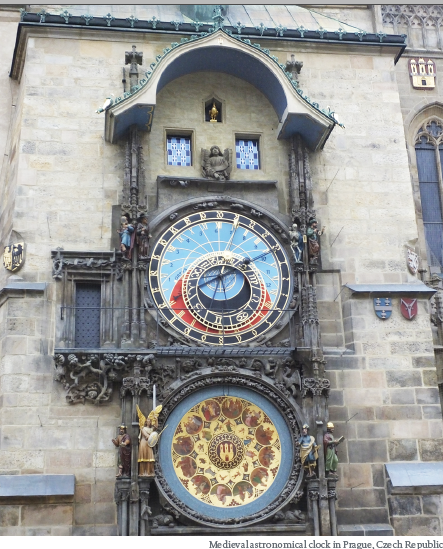


- #Word clock synchronization generator
- #Word clock synchronization serial
- #Word clock synchronization pro
#Word clock synchronization pro
With Big Sur support, nearly all the file types that were supported with the legacy QuickTime implementation are supported, with just a few exceptions.įor users running Catalina or Big Sur, Pro Tools now supports the importing of Apple AAC and ALAC m4a files. If you want to know the latest file type support then check out the Avid Knowledgebase article Pro Tools File Type Support on macOS Big Sur and Catalina. The previous QuickTime based implementation still works as before if you are running macOS Mojave. This mainly relates to macOS Catalina and Big Sur. That way we lose that inconsistency and get reliable sync to frame edges every time.Ģ3:47 New workflows for audio and video files import and exports. The answer to this inconsistency is to use a video reference that tells all the devices in a system where the frame edges are. Without this, from one playback pass to the next, although everything will be in sync, the exact position of the frame edge within a frame will be inconsistent and this is compounded when you have multiple machines, where on each playback, each of the machines could be in a slightly different place within a frame.
#Word clock synchronization serial
Then there is the MTC output and the conventional 9 pin Machine Control.įinally, there is the host serial port that connects to the HDX card or HD Native card.ġ1:52 In this example, we see how a Sync X unit can be used in a Dante AoIP set up, in which Dante is providing the master clock and the Sync X is providing the necessary frame-edge sync.ġ3:30 What do we mean by Sync? It is usually made up of two things, a positional reference - ‘where are we?’, which is traditionally timecode and secondly, a clock reference, which is effectively answering ‘How fast are we going?’ - for example, once you start playback, is it normal speed or are we in fast forward mode?ġ6:08 When trying to sync up devices, the 3rd part of the puzzle, when video is involved, is where are the frame edges. Then there are some more connections, that were on the old Sync HD, including GPIO, Bi-phase/Tach and AES 3. New to the Pro Tools Sync X is support for AES3id I/O and a 10Mhz clock input, sometimes referred to as an atomic clock. There is still the traditional Pro Tools Loop Sync in and out, needed when you are using multiple interfaces on an HD rig and there is still the normal longitudinal timecode (LTC) I/O on XLRs. When it comes to Word Clock, there is the traditional Word Clock input but new to the Pro Tools Sync X is a built-in Word Clock distribution amp with 6 buffered outputs. If you do want to work using ‘house syncs’ then there is a video reference input and two looped-through outputs, in case you need to feed that out to other equipment in the room. For those in larger faculties, it gives a degree of independence and can mean that you can work with a different reference than the one your normal ‘house syncs’ provides.
#Word clock synchronization generator
This has two benefits, for smaller facilities you no longer need a dedicated video reference generator unit. If you already have an external video reference generator, Sync X can receive video reference too, with automatic format detection. Sync X provides an onboard video reference generator with four outputs to distribute signals to other peripherals, cutting complexity and costs. With the new Pro Tools Sync X, there is no need to rely on video reference from an external device. 5:20 Looking at a picture of the rear of the new Pro Tools Sync X, the first thing to see is a new feature, the 4 Video Reference Generator outputs on BNC.


 0 kommentar(er)
0 kommentar(er)
